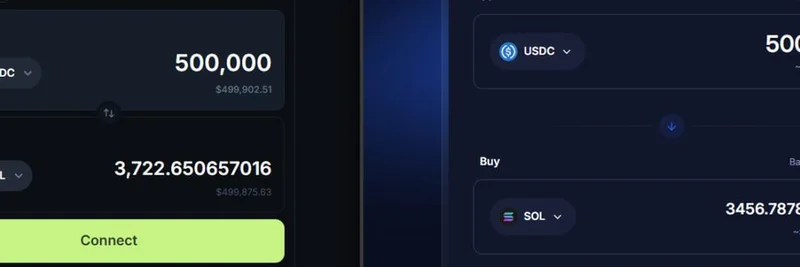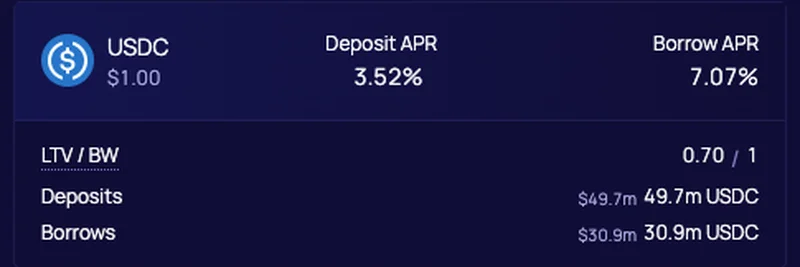Hey there, crypto enthusiasts! If you’ve been keeping an eye on the blockchain world, you’ve probably heard the buzz about Hong Kong stepping up its game in the crypto regulation space. On July 24, 2025, at 11:51 UTC, MartyParty (@martypartymusic) dropped a bombshell on X about Hong Kong’s upcoming stablecoin licensing framework, set to launch on August 1, 2025. This is big news for anyone involved in meme tokens, DeFi, or the broader crypto ecosystem. Let’s break it down and see what it means for the future of digital finance!
What’s the Stablecoin Ordinance All About?
Hong Kong is rolling out what’s being called one of the toughest and clearest regulatory frameworks for stablecoins with the Stablecoin Ordinance. Starting August 1, 2025, this law will shake up how stablecoins—those crypto assets pegged to fiat currencies like the USD or HKD—operate in the region. The goal? To protect consumers and ensure financial stability while giving the crypto industry some much-needed clarity.
Here’s the rundown of the key rules:
- No License, No Play: If you want to issue, sell, or promote fiat-pegged stablecoins to the public in Hong Kong, you’ll need a license. No exceptions!
- 1:1 Reserve Backing: Every stablecoin must be backed by real assets at a 1:1 ratio, so there’s no funny business with your funds.
- Minimum Capital: Issuers need at least 25 million HKD (about $3.2 million) in capital to qualify.
- Approved Assets Only: Reserves can only include assets approved by the Hong Kong Monetary Authority (HKMA).
- Strict AML/KYC: Anti-money laundering and know-your-customer rules will match banking standards, ensuring transparency.
- Big Players Only: Only major firms like Ant Group or JD.com are expected to meet these tough requirements.
- Deadline for Existing Projects: If you’re already in the game, you’ve got until January 2026 to apply for a license.
Why This Matters for Meme Token Fans
You might be wondering, “What does this have to do with meme tokens?” Well, while the ordinance focuses on stablecoins, it’s part of a broader shift in how governments regulate all things crypto—including the wild world of meme coins. Stablecoins are often used as a bridge between volatile meme tokens and traditional finance. With Hong Kong tightening the reins, we could see changes in how meme token projects integrate with stablecoin ecosystems, especially if they rely on platforms like those in Asia.
For example, if a meme token project wants to launch a stablecoin-backed reward system, they’ll need to navigate these new rules. This could push innovation toward decentralized finance (DeFi) solutions outside Hong Kong or force projects to partner with licensed giants.
The Good, the Bad, and the Ugly
Let’s weigh the pros and cons. On the plus side, this clarity could attract serious institutional players to Hong Kong, positioning it as Asia’s go-to hub for regulated stablecoins. The 1:1 backing and high capital requirements should also reduce the risk of “stablecoin rug pulls”—scams where issuers disappear with your money.
But there’s a flip side. The $3.2 million minimum and strict asset rules might squash startups and DeFi innovators who can’t afford to comply. Plus, the heavy AML/KYC requirements mean more surveillance, which some see as a step away from the decentralized spirit of crypto. And let’s be real—only fiat-pegged stablecoins are allowed, so don’t expect algorithmic or liquid staking derivative (LSD)-backed designs to thrive here. It’s looking more like corporate-controlled crypto than the open finance dream.
What’s Next for the Crypto Community?
This move by Hong Kong comes as the global crypto space watches the U.S. stall on regulations and the EU pushes forward with its own rules. As noted in a recent article on meme-insider.com, Asia is becoming a battleground for crypto innovation, and Hong Kong’s framework could set a precedent. Existing projects have until January 2026 to get their ducks in a row, so we’ll likely see a rush of applications in the coming months.
For meme token enthusiasts, keep an eye on how this affects trading pairs and liquidity pools. If major stablecoins like USDT or USDC adjust to these rules, it could ripple through the meme coin market. And if you’re a blockchain practitioner, this is a golden opportunity to deepen your knowledge—check out meme-insider.com/knowledge-base for the latest updates and resources!
Final Thoughts
Hong Kong’s Stablecoin Ordinance is a game-changer, blending strict regulation with a clear path forward. It’s not perfect—startups might struggle, and decentralization takes a hit—but it’s a bold step toward mainstream crypto adoption. What do you think? Will this make Hong Kong the next crypto hub, or will it stifle innovation? Drop your thoughts in the comments, and let’s keep the conversation going!



